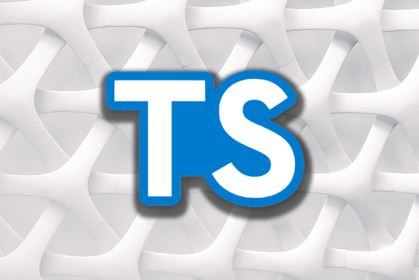
Scrum has destroyed the central tenet of agile — people over process — thanks to bad management and the rise of the certified scrum master.

Build a React Native app with Expo, Stripe, and PaymentSheet in this advanced tutorial for a donation mobile app.

Astro is the newly popularized static website builder that is quick to use and requires less JavaScript. Here are its best features.

Learn to store login credentials securely using react-native-keychain and build a basic sample project with this tutorial.

Explore the ways you can save time and more easily share the TypeScript code and types you and your team need in this tutorial.

Explore the functionality of Vue Router with this advanced overview of features that will give your Vue app users a top notch experience.

Follow this guide to learn how to implement video into your React Native app using the most common package, react-native-video.

margin vs. paddingLearn about the CSS margin and padding properties and how they control the space inside and outside of elements on a webpage.

Let’s go over how to implement a widget in a Flutter app and show how SnackBar works in practice.

Learn how to write and work with your own lazy hydration async components in Vue 3 with this detailed tutorial.

If you’ve used GraphQL for your production application, you may have encountered a scenario where you needed your custom queries […]

Build complex UIs with this tutorial outlining multiple ways to use and install React in a Ruby on Rails project.